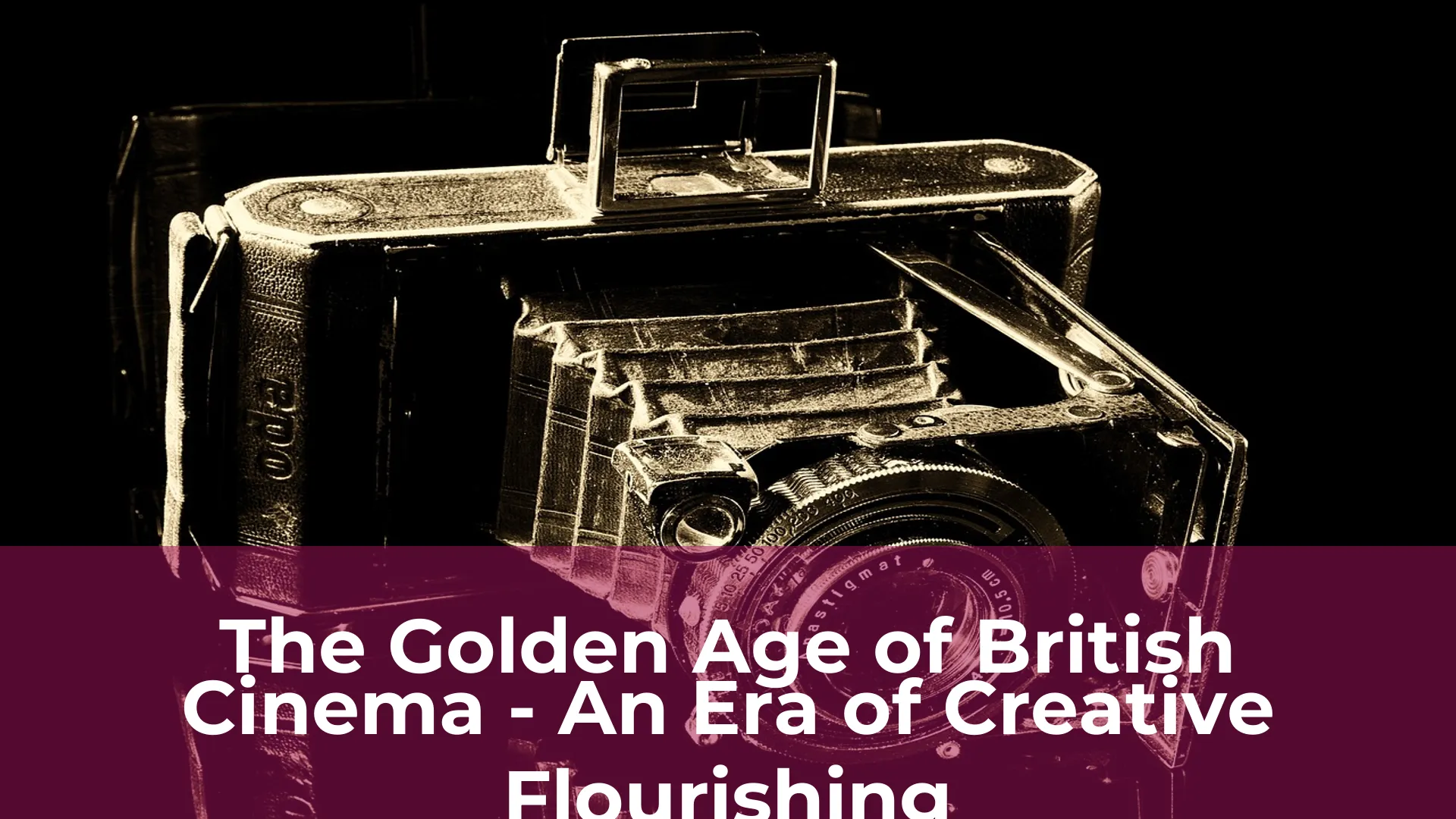The Golden Age of British Cinema was a period of exceptional creativity and innovation in the film industry that spanned from the late 1940s to the mid-1960s. During this time, the British film industry produced a series of groundbreaking films that captured the public imagination and transformed the way movies were made and consumed.
One of the defining characteristics of this era was the emergence of a new wave of talented filmmakers who brought fresh perspectives and artistic visions to the screen. This generation of directors, writers, and actors were unafraid to challenge conventional norms and took risks with their storytelling, resulting in some of the most iconic films in British cinema history. From the social realism of films like “Saturday Night and Sunday Morning” and “Room at the Top” to the whimsical charm of the Ealing comedies, the Golden Age of British Cinema represented a pinnacle of creativity and imagination that continues to inspire filmmakers and audiences alike.
Introduction: A Look Back at the Golden Age of British Cinema
The Golden Age of British Cinema was a period of immense creativity and artistic expression that spanned the 1940s and 1950s. During this time, British filmmakers produced some of the most influential and enduring films in cinema history, capturing the imagination of audiences around the world. This was a time when filmmakers had the freedom to explore new ideas and push the boundaries of what was possible in cinema, resulting in a wealth of innovative and groundbreaking films. From the gritty realism of social dramas to the sweeping romance of period epics, the films of the Golden Age of British Cinema continue to inspire and captivate audiences to this day.
The Rise of British Cinema in the 1940s and 1950s
The British film industry underwent a remarkable transformation in the 1940s and 1950s, with a surge in creativity and innovation that would establish the country as a major player on the global stage. After the devastation of World War II, British filmmakers found themselves working in a climate of austerity and reconstruction, but they rose to the challenge with a bold and ambitious spirit. The result was a wave of groundbreaking films that explored new themes, techniques and styles, from gritty social realism to sweeping epics.
One of the key factors in the rise of British cinema was the emergence of a new generation of talented and visionary filmmakers, who brought fresh perspectives and ideas to the industry. Directors such as David Lean, Carol Reed, and Michael Powell and Emeric Pressburger became household names, creating masterpieces such as “Great Expectations,” “The Third Man,” and “The Red Shoes.” These filmmakers were joined by a host of writers, actors, and technicians who helped to create a dynamic and vibrant film culture that captured the imagination of audiences around the world.
Another major factor in the success of British cinema was the support of government institutions, such as the British Film Institute and the National Film Finance Corporation. These organizations provided funding and resources for filmmakers, helping to nurture new talent and foster a sense of artistic freedom and experimentation. Additionally, the establishment of film schools and training programs helped to develop a skilled workforce and ensure that the future of the industry was in good hands.

